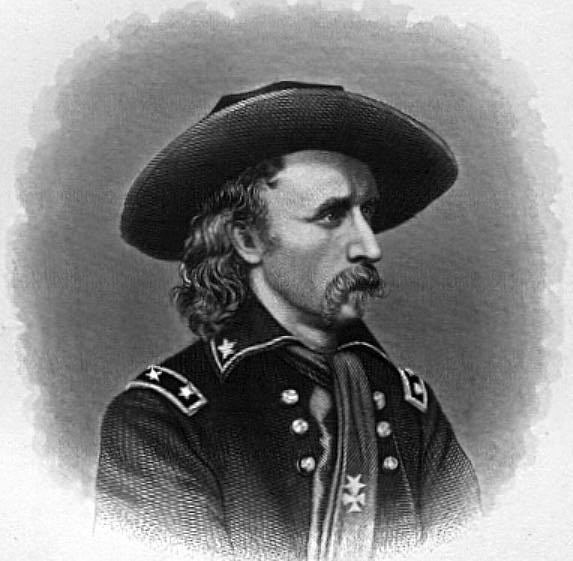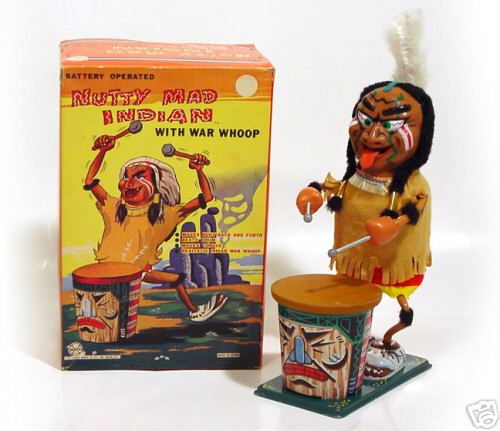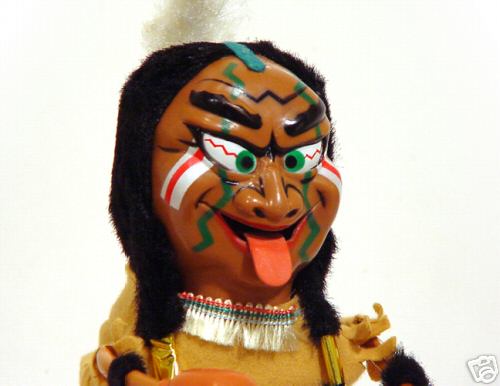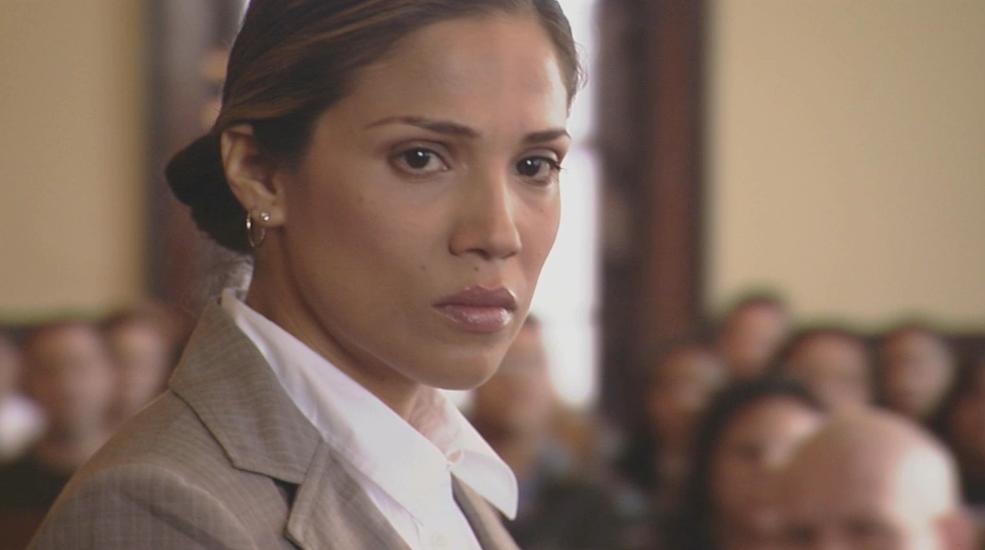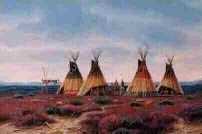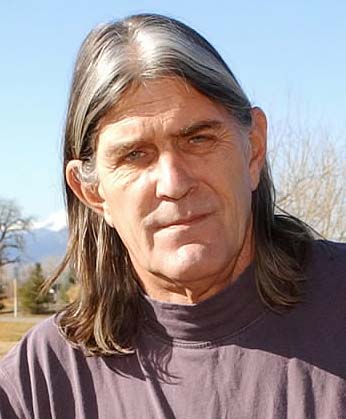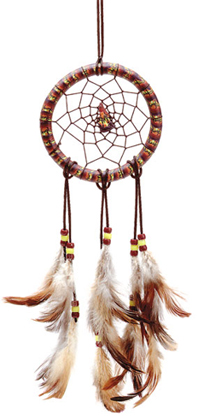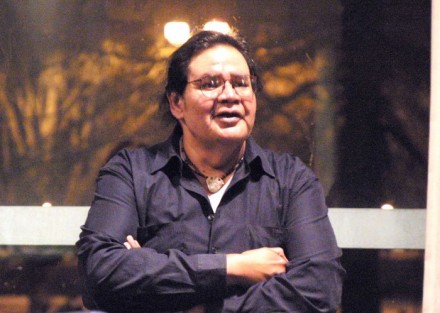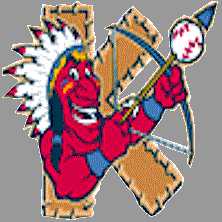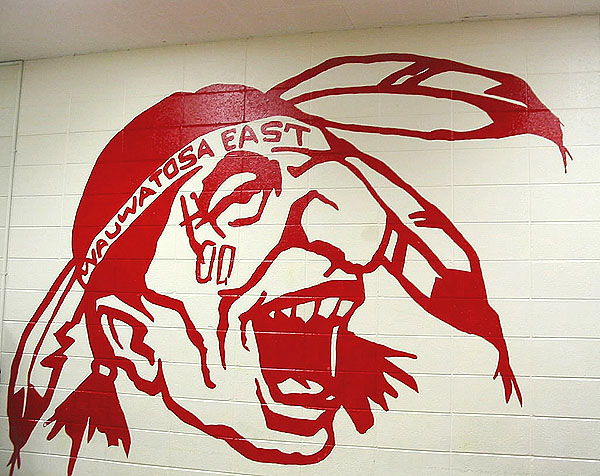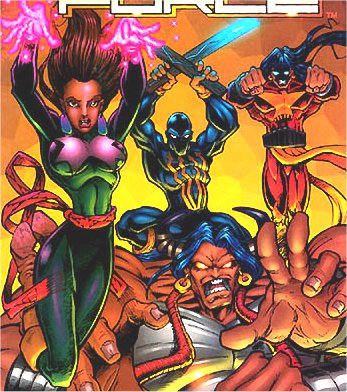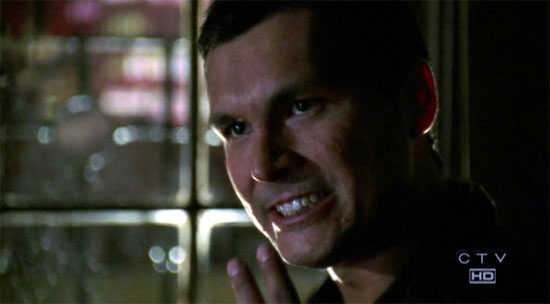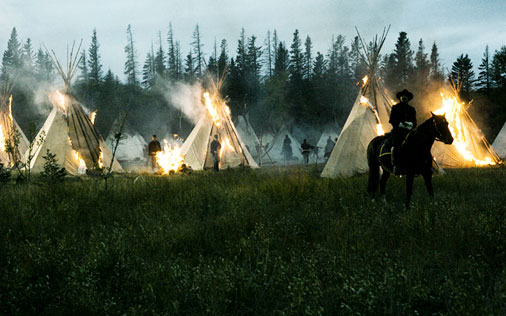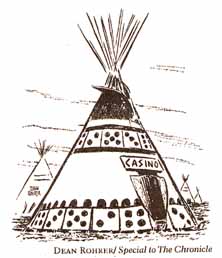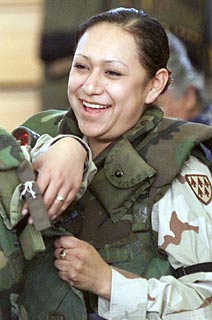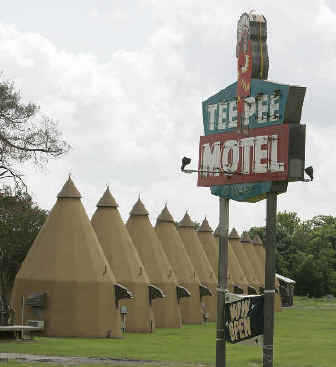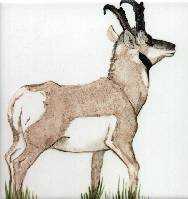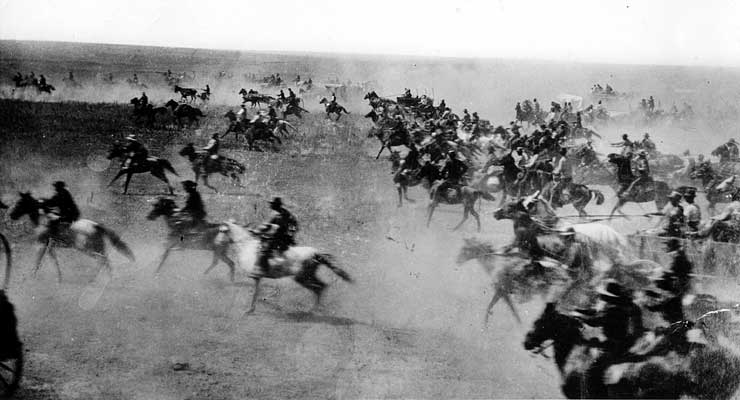Review By: Susan Lobo, American Indian Culture & Research Journal - October 1, 2006
America is Indian Country is a compilation of selected editorials, essays and illustrations originally published in the national newspaper Indian Country Today between 200 and 2004. The paper's editors, key tribal leaders, politicians, and scholars are the contributing writers. Its purpose is to "elevate the art (of storytelling), to inform, share, shape, and activate the minds of those making differences at all levels of American Indian policy, from education, health, or housing workshops to meetings and conferences." (XVIII) As such, it touches on many, if not most of the contemporary Native issues and national concerns of those years, and offers information, opinions, insights and heart.
It is organized into ten chapters: Indian sovereignty is good for America; Nation building is key; Tribal nations and American justice ... Each chapter includes "Editorials" from Indian Country Today written jointly by the book's editors Jose Barreiro and Tim Johnson, and "Perspectives" on the same topics which were originally op-ed pieces written by nineteen guest contributors to the newspaper. ... Topically America is Indian Country ranges over some of the most important and historically significant issues of our times, and ones that are as diverse as gaming, intellectual property rights, economic diversification, religious freedom, tribal colleges, health care, control of tribal assets, tribal justice systems, identity politics, blood quantum, the mainstream press, the United Nations, and NMAI. Each written piece is no more than a few pages and all are written in a straightforward and readable style. A series of social commentary and sometimes hilarious cartoons by Marty Two Bulls are dispersed throughout.
The personal perspectives, which make up about half the volume, are generally good. The official editorials, which make up the other half, are generally tough sledding. They're written in a bland institutional style, with overlong sentences and too much of the passive tense.
Here's a typical example. The subject is educating non-Native employees of tribal businesses:
Building the pillars of freedom
It makes a huge difference in the interweaving of new people into Native systems to properly orient everyone, and particularly non-Native peoples, on the fundamentals of tribal affairs. Tribal elders and leaders who can supply good superlatives or principles from their cultures and traditions, for how to impartially conduct and manage enterprises, are at a premium. Good, well-trained management needs to re-conceptualize and impart these messages and these unifying concepts. Not nearly enough thought and education is presently going into this particular dynamic, and many are the tales from tribal organizations and enterprises where tension, power cliques and outright dysfunction emerge that traumatize and can even paralyze tribal operations.
Rather than slogging through this verbiage, I'd suggest you search ICT's website for the specific information you need. Or search BlueCornComics.com, since I've excerpted ICT's best columns on the site.
When the review refers to "nuggets," it's unintentionally revealing. America Is Indian Country is full of nuggets of brilliant analysis amid a gruel of pedestrian prose. Parts of the book are memorable but the rest is forgettable.
Rob's rating: 6.5 of 10.


